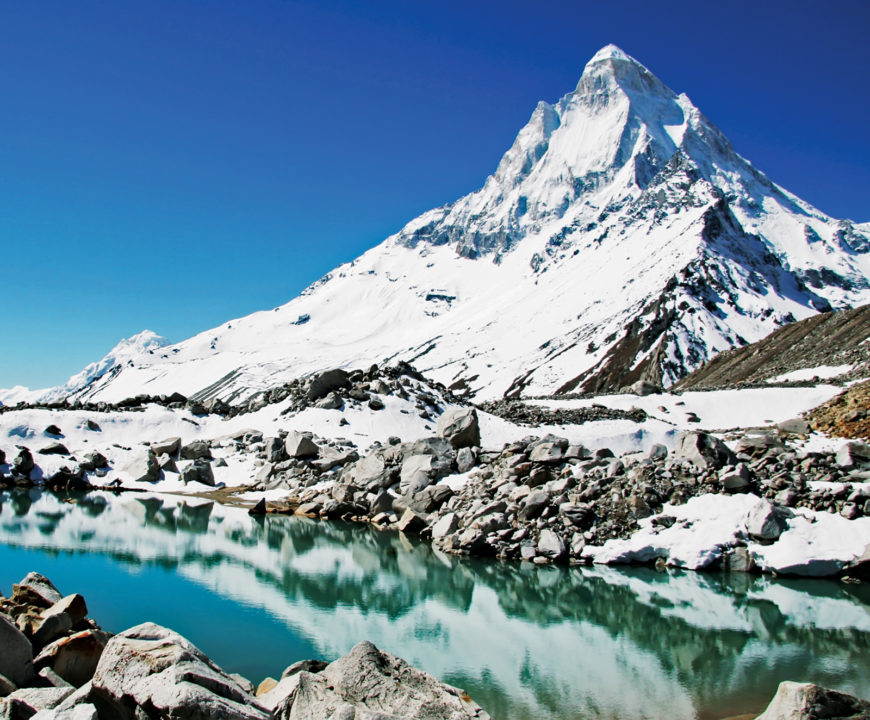
DEHRADUN: A study released by the Dehradun-based Wadia Institute of Himalayan Geology has revealed that the concentration of black carbon on the Gangotri Glacier has doubled in the last few years.
The concentration of black carbon is measured by two weather stations which are located on the way to the Glacier. The Chirbasa station, which is located at a height of 3600 metres above sea level and the Bhojbasa station, which is located at height of 3800 metres above sea level. The two have been monitoring black carbon deposits on the Gangotri Glacier since the last few years.
Dr P S Negi, scientist at Wadia’s research group on ‘Geomorphology and Environmental Geology’ said that the data received from the weather stations has helped largely to know about seasonal variations in the black carbon concentrations. The concentration of the black carbon increases in summers reaching up to 4.62 micrograms per cubic metre.
The black carbon concentration comes down to about 2 micrograms per cubic metre of air in the non-summer months. This indicated that forest fires and tourist activities in Uttarakhand contribute majorly to the higher concentration of black carbon on glaciers.
According to Dr Negi, the period between April and June witnesses the highest concentration of black carbon while the concentration are slightly lower in the months of September and October. The lowest concentration is in the month of August, followed by December, likely due to reduced tourist activities and forest fires during these months. On the sources of black carbon, Dr Negi said the main local sources of black carbon observed during field study include forest fires, domestic and commercial fuel wood burning and seasonal burning of crop residue.
He further explained that the black carbon deposit on the glaciers results in absorption of more light and emission of infra-red radiation. This results in a spike in the temperature around the glacier and contributes to speeding up their melting process. The presence of black carbon in the atmosphere also causes changes in the local ecosystem and weather cycles and the regional weather patterns such as rain and snow precipitation patterns. In the long run, the increased concentration of black carbon will cause changes in atmospheric patterns and eventually result in degraded natural resources and disturbed socio-economic activities of the Himalayan communities.

